
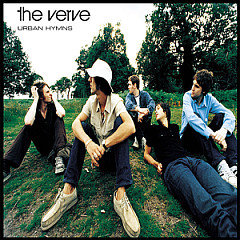
"Bittersweet Symphony" by The Verve samples an obscure orchestral arrangement of the 1965 Rolling Stones song "The Last Time." The Verve had to sign away most of the royalties before they could release the song.
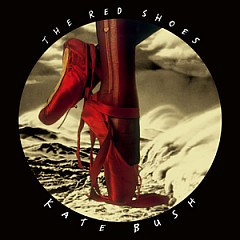
The Kate Bush song "Why Should I Love You?" is a collaboration with Prince. He completely re-worked her demo, so Bush spent a lot of time piecing it back together to keep her imprint.

When Ed Sheeran's "Thinking Out Loud" climbed to the top of the UK singles chart in its 19th week, the song broke the record for the slowest continual ascent to #1.
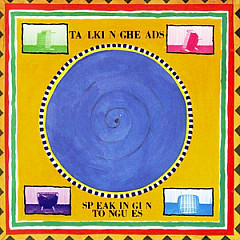
"Burning Down The House" by Talking Heads was inspired by chant band members heard at a P-Funk show where the crowd yelled, "burn down the house... burn down the house."
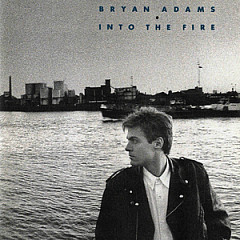
Bryan Adams' 1987 song "Heat Of The Night" has the distinction of being the first commercially released cassette single in the US.

At 9:57, David Bowie's "Blackstar" was the longest song to reach the Hot 100 until 2019, when Tool bested the record with the 10:21 "Fear Inoculum."

Rudolf, Bob Dylan and the Singing Dogs all show up in this Fact or Fiction for seasonal favorites.

The powerhouse producer behind Janet Jackson's hits talks about his Boyz II Men ballads and regrouping The Time.

Starting in Virginia City, Nevada and rippling out to the Haight-Ashbury, LSD reshaped popular music.
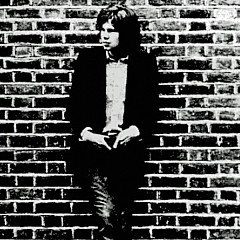
The head of Drake's estate shares his insights on the late folk singer's life and music.

The renown Texas songwriter has been at it for 40 years, with tales to tell about The Flatlanders and The Clash - that's Joe's Tex-Mex on "Should I Stay or Should I Go?"
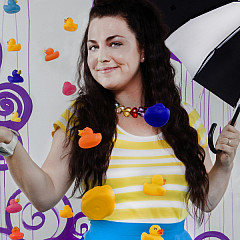
The Evanescence frontwoman on the songs that have shifted meaning and her foray into kids' music.